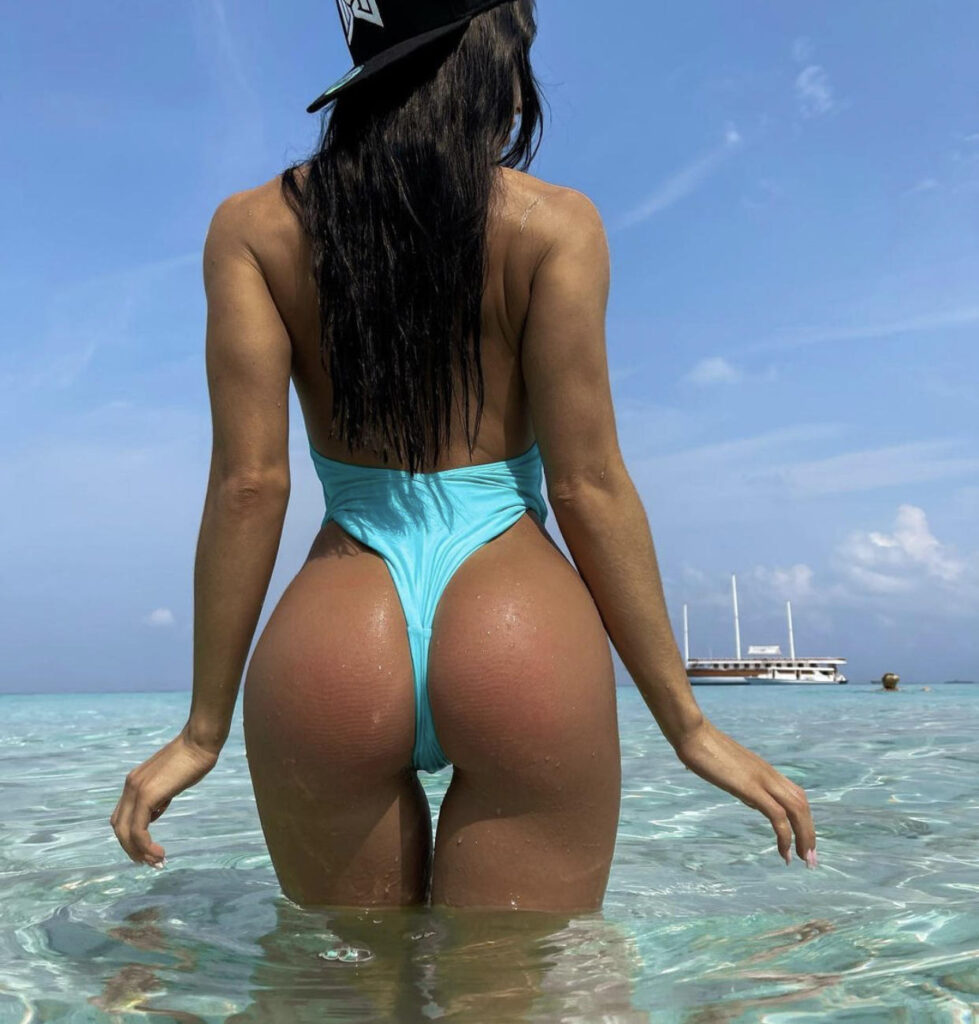
Asian women are notoriously hairless. At least, not visible to the naked eye. And that depends on the part of the body. Although each Asian country has its own standards of beauty, there are some commonalities.

Photo Neosiam
Beauty standards vary considerably from country to country, and this also applies to aesthetic criteria concerning body hair among women in Asia. This cultural diversity reflects the importance of traditions, cultural influences and individual preferences in the perception of beauty.
Beauty standards are influenced by the culture, history and societal trends of a given region. In Asia, a continent rich in cultural diversity, beauty standards when it comes to women’s hair vary from country to country. Let’s take a look at how different Asian countries perceive and approach the issue of body hair in women, while exploring a notable feature: the tendency for many Asian people to have odorless hair and skin.
The particularity of odorless hair and skin
Asian people are often recognized for their distinctive skin texture and body hair growth. This is one of the great fantasies and stereotypes of the slant-eyed woman. Generally speaking, many Asians tend to have finer and less abundant body hair than people from other continents. They also tend to have less body odor. This is the result of genetic differences and the influence of Asian culture, which places great importance on body cleanliness. Some Westerners should take a leaf out of their book… I’m just saying!
Despite the difficulty of finding information on this subject because it’s a bit taboo … a bit … the euphemism … but I’ve bent over backwards to inform you as best I can on the subject, so you won’t be surprised if you find yourself in a naughty tête-à-tête with one of these beautiful cat-eyed women.

Photo Airam Datoon
In Japan
In Japan, smooth skin is also valued, and Japanese women use a variety of hair removal methods to maintain this ideal of beauty. While men may have hairy arms, women are not. It’s worth noting that they adopt specific practices to meet these beauty standards. In fact, as early as middle school or high school, most of them resort to laser or pulsed light hair removal to get rid of their unwanted hair for good. These methods are particularly effective on dark hair, which explains their great popularity in Japan.
What’s more, they are generally more affordable than in Europe. It’s worth noting that in Japan, hairy forearms are just as frowned upon as unwaxed armpits. You’ll never see a Japanese woman with downy arms. The norm is skin as soft as a peach, as pure and youthful as a newborn baby.
Hair, often associated with virility, has no place in this ideal of beauty, and facial hair is a particular concern for some. But while the Japanese woman hunts down hair on all visible parts of her body, she prefers to leave the hair on her pubic area completely untouched, as it reinforces her status as a woman rather than a little girl. That’s right.

Photo Hải Nguyễn
In South Korea
In South Korea, flawless, hair-free skin is also an important beauty criterion. Skin care routines are rigorous, and hair removal is an integral part of feminine beauty. The latest field surveys reveal that the norm for hair removal in South Korea is very strong, and that women often feel compelled to wax in order to appear “clean” and “neat”.
The first two interviewees, originally from China, stressed that the standard of hair removal in Korea is stricter than in mainland China, although Han Chinese are less concerned about female hair than South Koreans. Another interview with a student from the island of Cheju confirmed that the norm of hair removal is widely accepted in South Korea, although some people, like this feminist student, question the practice as a possible form of oppression.
Observation of the cosmetics available in stores showed that the range of depilatory products on offer was limited, suggesting that permanent laser hair removal is preferred because it is widely publicized as safe and medically supervised. Some students pointed out that the razor was the most commonly used tool, despite the unpleasant side effects.

Photo Tuấn Kiệt Jr
In China
In China, the standard of beauty is smooth, hairless skin. Chinese women tend to eliminate unwanted facial and body hair using depilatory methods such as waxing or laser.however, with women’s liberation and the influence of the West, protest movements against beauty dictates are emerging. Like their Western female counterparts, Chinese women are beginning to accept that waxing is not an obligation. But for the moment, the movement is rather soft, since it mainly concerns underarm hair removal, a major trend.

Photo Ike Louie Natividad
India
In India, beauty standards vary considerably according to region and culture. Some regions favor a more natural approach to body hair, while others encourage depilation. But overall, we’re still on a hair-free trend, where everything has to be plucked and disappear. In fact, even men are on the hunt for every last hair (apart from beards, of course). And here, we wax from head to toe, not forgetting the Mount of Venus (even if religion officially forbids it). Here again, the emphasis is on hygiene rather than aesthetics. What’s more, for them, a well-waxed sex offers better sexuality. Here, hair is taboo and we don’t show it. It’s a point of view..

Photo Pushpendra Pal
In the Middle East
In some Middle Eastern countries, women generally remove facial and body hair, and smooth skin is considered a sign of beauty. Hair is still considered impure and dirty, for both men and women. However, these standards may vary from region to region. Cleanliness, personal hygiene and purity are inherent notions of Islam. Muslims must take care of their appearance, their bodies, their clothes and their surroundings. Hair removal is a hygienic measure taught by the Prophet.

In South east Asia
Beauty standards when it comes to hair also vary in Southeast Asia. In some countries, such as Thailand, hair removal is commonplace, while in other regions, a more natural approach is preferred. Here, women have very little natural hair, so waxing is not always a reflex, depending on where you live. So you may come across a Thai woman, for example, with hair on her sideburns! But don’t be afraid.

Photo Koma Tang
Final word
In conclusion, Asian women’s hair standards are diverse and reflect the continent’s rich culture. Hair removal trends vary considerably from country to country, but are often influenced by ideals of cleanliness and skin softness. It’s essential to remember that beauty is subjective, and that everyone is free to follow or not follow these standards according to their personal preferences. Let’s not forget this last point: in Asia, women depilate more often for hygienic than aesthetic reasons.
XLoveCam is not responsible for the content of the blog, which is declared to have been written by an external party.







